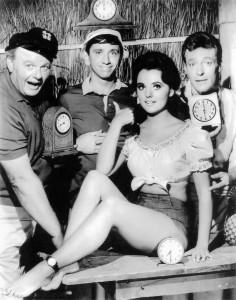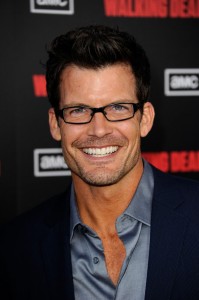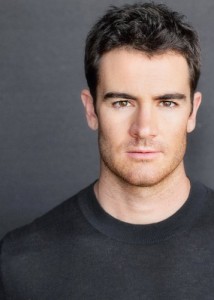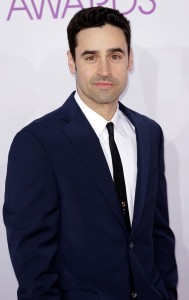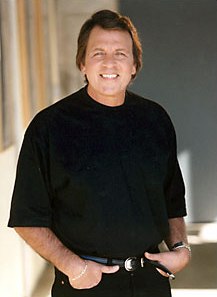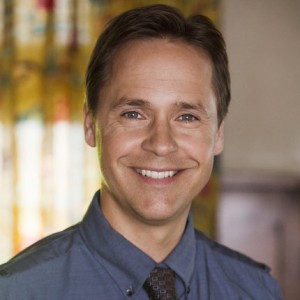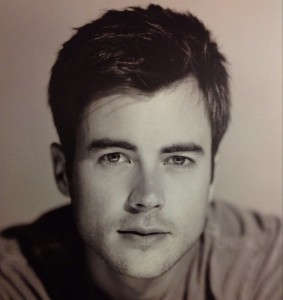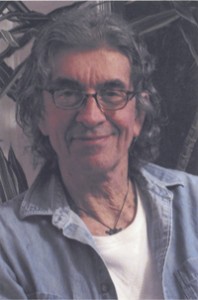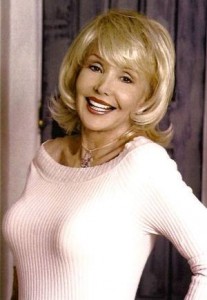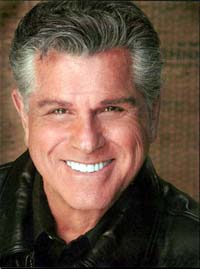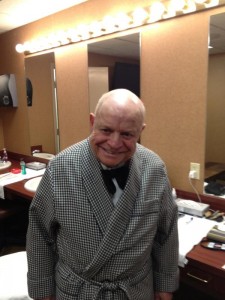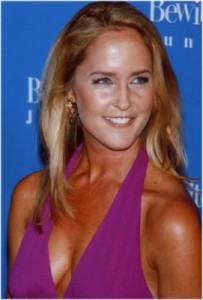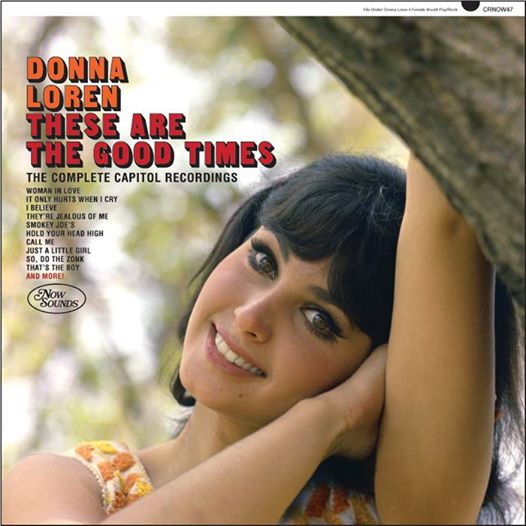 During the pandemic, we have not baked bread. Well, we did bake some banana bread one weekend, on account of a miscommunication where both Bob and I came home on different days from the supermarket with a bunch of overripe bananas. But we have not engaged in the more traditional loaf baking that everyone seems to have been doing. We also did very little yoga (Bob was more diligent with it than I was), and the only thing I planted in the garden was a hydrangea while friends tended to start veggie or herb patches. Gee, do we even pandemic?! Guess we are doing it wrong.
During the pandemic, we have not baked bread. Well, we did bake some banana bread one weekend, on account of a miscommunication where both Bob and I came home on different days from the supermarket with a bunch of overripe bananas. But we have not engaged in the more traditional loaf baking that everyone seems to have been doing. We also did very little yoga (Bob was more diligent with it than I was), and the only thing I planted in the garden was a hydrangea while friends tended to start veggie or herb patches. Gee, do we even pandemic?! Guess we are doing it wrong.
Indeed, it seems that Bob and I are in the minority, with bread makers a popular purchase in Australia during 2020. Picturing all the loaves cooling on kitchen tables around my country got me wondering as to whether the true bread makers, the French, were similarly busy at home. It turns out in France there has been a surge in sales of bread. After all, why would the French make their own when they are so renowned for delicious baguettes, pain de campagne, ficelle, and other variants baked by true artisans? Accurate or not, don’t we all imagine the Frenchman on his bike leaving a boulangerie with a baguette sticking out of his satchel? As an aside, my grandfather has had a bread maker for many years and will still often make bread. I am usually the one who mangles his beautiful work when attempting to use the manual slicer.
At first thought, the community’s rise in bread making seems largely practical. That is, so long as one can get one’s hands on the requisite ingredients (challenging during various times over the past few months), it is a source of sustenance that does not depend on the vagaries of the supply chain we depend so much on; and the ability of one’s ravioli vendor to keep up with (mostly my) demand. Same with the veggie garden. But it seems there is something very ingrained in all of us that has seen bread making become much more important during the pandemic. As Emily VanDerWerf wrote in a fascinating Vox article a few months back, bread is “one of the very foundations of human civilization”, although it is also intimately linked with factors such as romanticism, nostalgia, and gender roles.
In the article, Emily highlights the physical action of making the bread and watching it rise as a fundamental aspect to what we get from the process, with its rolling, kneading and, I might add, hiding it under the bed – at least, that is what my mother always did when making pizza dough and she needed a dark place for the yeast to do its work. The yeast itself is fascinating, a “sort of sufficiently advanced technology that is indistinguishable from magic”. As Emily suggests, baking can “reorient you in time and connect you to the past, even if it’s just your own past”. From my work in psychology, the importance of the physical action and being in the moment makes a lot of sense.
Over the past few months, within the confines of our homes (we have been very fortunate in Adelaide, I should add), I think we have all needed to get out of our heads a bit and do something with our hands, our feet, and our hearts. Hence, perhaps, the yoga craze or the surge in gardening, the latter which cannot be accounted for solely as a fear of running low on coriander…and who really has that fear? Do you even pandemic, coriander lovers?
Perhaps the need to be out in the world, when paradoxically the world seems so closed off, is also why I did not write anything on this blog in 2020.
Maybe homemade bread is a manifestation of many of us wanting to be creative when so many have been locked in their houses, faced with uncertainty, or just plain bored. I am aware what a luxury it is to be bored, rather than having very acute fears for the health of loved ones or loss of jobs in countries where the pandemic seems out of control. But creativity and providing a contribution, particularly through my psychology work, are important to me, and so I wondered about what I could do in even a small way to help others.
I research empathy and, as part of that, compassion is an important aspect to consider in my work. I have become particularly interested in self-compassion in the last couple of years. Self-compassion is receiving increasing attention in psychology. According to Dr Kirstin Neff, who is at the forefront of the area, self-compassion involves three components:
- being kind to ourselves
- recognising our common humanity – that is, seeing that we all suffer, we all fall short sometimes, and that we are not alone
- being aware of our thoughts and feelings in the present moment without becoming overidentified with them.
COVID-19 is a shared world experience, and so I began to wonder whether seeing our experiences as being shared (that common humanity) would make us less hard on ourselves and kinder to ourselves and others. To me, COVID-19 has shown us so many rich examples of people extending empathy and compassion towards their fellow citizens. However, in talking with friends and colleagues, many of us have not extended that same compassion towards ourselves.
As humans, whether by nature or nurture, we can be very unkind and critical of ourselves when we do not meet self-imposed standards, all the while being so nurturing to those around us in similar predicaments. Have you found this tendency to be exacerbated during the pandemic? Perhaps you have experienced self-recrimination because you feel you are not getting as much work done since transitioning to working for home, or perhaps you feel you are not giving the children (also home from school) the attention which we would like to give them.
We can feel like we are the only ones struggling or failing. This may especially be the case when we see others supposedly doing so well making tasty bread or mastering intricate yoga poses. They say a lotus grows in the mud…well, at least something is; it’s not my coriander! At the same time, our thoughts and threat system are likely running rampant as we deal with a situation we cannot really control, trying to put on a brave face or denying what we are feeling because we believe we have got it pretty lucky.
Drawing on my work in empathy and compassion and the work of others, I thought I could provide some tips for how during all this uncertainty, we can build the soothing emotion of self-compassion. I contacted some ABC radio stations around the country and was pleased to be able to speak about self-compassion on some programs. I also did some presentations and write-ups on the concept for my workplace.
What else has fuelled my want for creative pursuits during this time? Well, my friend Donna Loren and I started a podcast. Donna is a singer and actress who, as a teenager and young adult, appeared in the Beach Party films, starred on pioneering rock ‘n’ roll TV series Shindig!, and guest starred on the original Batman TV show and The Monkees. Donna lives in Palm Springs, California, and so we are physically at a distance. So how did this Swinging ’60s Beach Chick come together with this South Australian, once-brooding ’80s kid who doesn’t like to get his hair wet. As the title of Donna’s old column in Movie Life Magazine advised: Let’s talk it over.
Back in the early 2000s, I was a contributor to TV Tome, an online database that was almost a television-only version of the Internet Movie Database. It was more much focused than IMDB was at that time on features such as building full episode guides. You could also nominate to shepherd particular TV series or performers. I cannot remember all the pages I was responsible for, but I know they included the Australian TV series A Country Practice. I started an episode guide for that show, but with 1057 episodes and the series only available when it was rerun on TV, which required me to tape as many episodes as possible, I bowed out early in the piece. Interestingly, as more of us have stayed at home in 2020 and ACP’s original network, Seven, has put all 13 seasons onto their streaming service, there has been much renewed interest in the show (and I am sure others to write the episode guide).
On the creative side, I took care of more than a dozen of the pages of some of my favourites including Jonathan Daly, whom I interviewed on this blog in 2015, Lorrae Desmond from ACP, Kasey Rogers from Bewitched, Evelyn Scott from Peyton Place, Gregory Calpakis from the Canadian TV show Cold Squad, and Donna.

By this point, Donna and her husband Jered were running their fashion design and retail business, ADASA Hawaii. Donna had not performed in many years, but Jered had taken a keen interest in locating as much as Donna’s 1960s work as he could. He emailed me to ask if I had a copy of Donna’s guest appearance on Gomer Pyle U.S.M.C., where she played Anna Kovach, one-half of a pair of star-crossed lovers from feuding Hungarian families (the episode was called “Love and Goulash”) requiring Gomer’s gentle counsel to bring them together. I did not have a copy of this or another appearance (I cannot remember which) Jered asked for. But I had been a fan of Donna since I had seen her Beach Blanket Bingo performing “It Only Hurts When I Cry“. I was also studying TV and film at university, and so I decided to ask if I could interview Donna.
I had never interviewed anyone before, nor did I have a place to publish the interview. But lo and behold, Donna agreed to it, and we emailed back and forth on a series of questions. I found a free web hosting service, the now defunct GeoCities, and called my resulting article Somewhere Down the Road, the name of one of her songs from the ’80s.
Without realising it, I put a decidedly rosy spin on her 1960s career and life, which was somewhat at odds with the more nuanced story. But sometimes you make a heart connection with people that traverses distance and this was the case for Donna and me. We kept in touch in the ensuing years on email and I even sent Donna and Jered a copy of my PhD thesis when I completed it in 2009. Mercifully, I sent it to them on CD rather than in printed and bound format. At over 300 pages, another friend, Mark, has had to lug that thing around during multiple house moves over the past decade. Around this time, Donna and Jered were winding up their business and Donna had decided to renter the the public eye with new music. Donna had also started to put her life story to paper. I guess Jered and Donna thought enough of my writing to ask if I would collaborate with Donna.
What ensured over around two years was a true collaboration. I would arise early in the morning, which was afternoon in the U.S., and we would Skype and work on Donna’s life story. Donna had her old appointment books from the 1960s and so we used them to start a timeline and to formulate the chapters. I would ask questions and Donna would tell me stories that I would transcribe, or she would do some writing between our ‘sessions’ and so we would review that. I would have questions, and this would help us to refine her narrative. In the meantime, I would research appearances or pieces of work that I thought important for us to cover.
Donna took a leap of faith to trust me with her story, which her public had never really heard. At the heart of it was a family secret and Donna’s attempts to make sense of that when it hadn’t made sense at the height of her success after she was signed as the Dr Pepper Girl in 1963.
When some friends and I decided to take a trip to the U.S. in 2011, I added an extra week at the end of our group trip to my itinerary. The plan was to stay with Donna and Jered at their home, and so when my friends returned to Australia, I met up with my hosts. In the months preceding the trip, Donna and I had developed at least ten or so chapters. We decided to read them out loud over a series of days and nights to our audience of Jered, which would be the first time someone had read/heard them and would also allow us to edit the manuscript in real time.
Our work was interspersed with tourist trips for me, such as to The Getty Villa or the Farmers Market, or a dinner out with Donna’s children Katie and Joey, the latter whom I have been able to take out to lunch when he visited Adelaide as part of the Rogers Waters Us + Them Tour in 2017. In fact, that, I met up with my future hosts one night in Hollywood at the start of my group trip. Jered and Donna had bought tickets for us to attend a 50th anniversary celebration of The Dick Van Dyke Show being held at the Egyptian Theatre. Dick and Carl Reiner were interviewed on stage by Garry Marshall and there was a screening of some classic episodes. I sat with Jered’s best friend Phil Sloan – that’s P.F. Sloan of “Eve of Destruction” fame. All very cool.
Towards the end of my stay, the airline contacted me to let me know that my flights would delayed for a day or two, and so Donna, Jered, and I decided to take a trip down the Pacific Coast Highway on one of the extra days and stop at some of the beautiful beaches. Incidentally, these included the locations of Donna’s Beach Party movies, including the iconic Leo Carrillo State Beach with those distinctive rocks that formed such an important aesthetic for Beach Blanket Bingo. Donna and I took in some shopping (I bought a pair of James Perse pants that I just loved), and the three of us also took in lunch at Nate ’n Al’s historic deli.
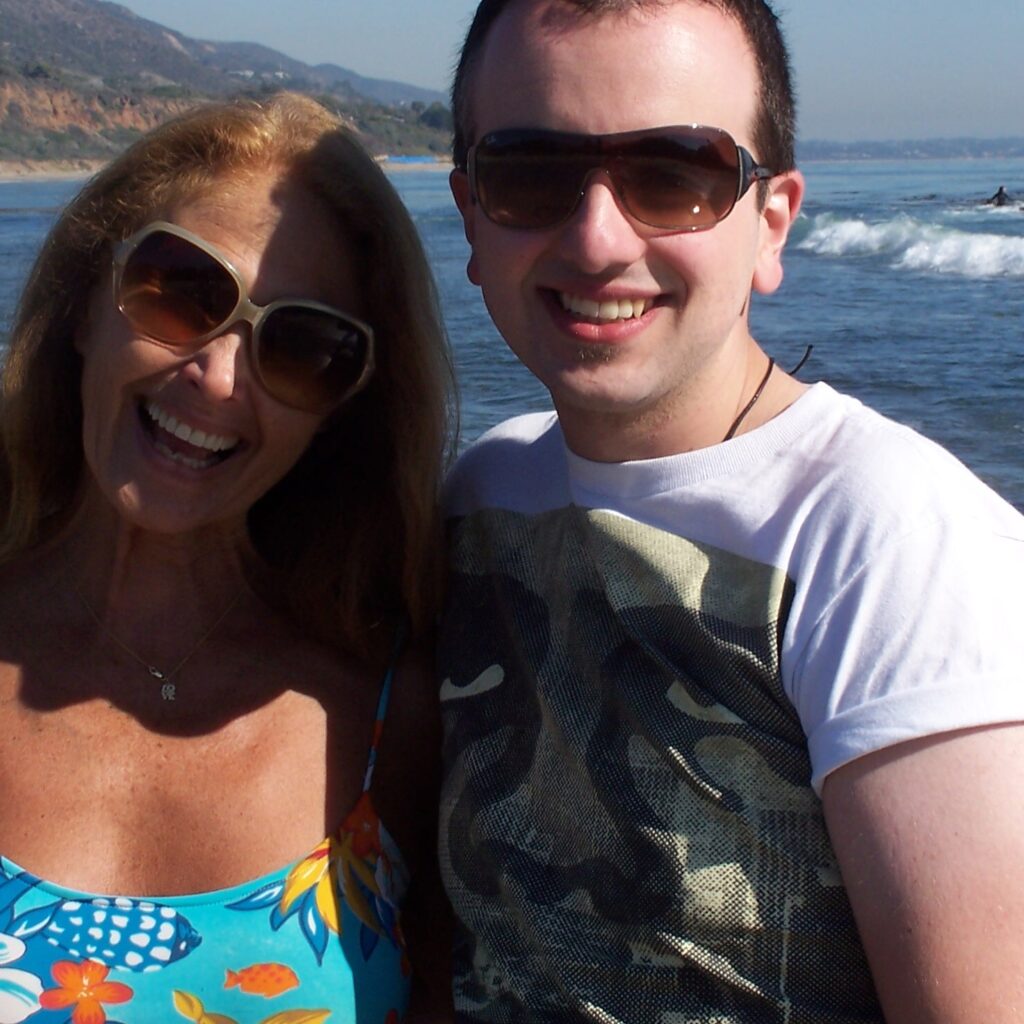
When I finally could get a flight home, we bid a fond farewell. We continued to work online on the manuscript over the next year. We finished it and began to look at publishing options, but something did not quite feel right. Some time passed and Donna suggested that we may want to revisit our structure and to delve more deeply in parts. And so, we took another several few months to rearrange and reconsider our approach. I think we have a high-quality manuscript, but for whatever reasons, it has not seen the light of day. Until now.
As the COVID-19 pandemic swept across the world, Donna wondered if we might do something creative. Something for us, but for others as well. At the forefront of Donna’s approach has been a want to help people. While she is happy to share all the stories of her music and television/movie work, her story is one about seeking to find and live in truth and to really understand herself and those around her. So, we hatched the idea of reading excerpts from the manuscript, and then discussing them with my expertise from psychology and Donna’s learnt lessons given it is her story. We have kept the structure loose, and so sometimes there will be chat about appearances, sometimes included is a song, perhaps an interview with a collaborator. But all the time we use Donna’s stories to delve into issues that many of us may have faced. Compassion and connection in action, I hope.
It has been a creative, enjoyable ride that we will continue in 2021. I even got to have some fun being interviewed on Plastic EP Live TV, an internet series out of Melbourne, Australia.
So, no bread for us. As I said, I am terrible at slicing it anyway. This is something, perhaps, the French do not need to worry about when they buy a whole loaf or baguette. My friend Mark tells a story about when he was out with his French friend Maxime, and someone uttered the well-worn, “Best thing since sliced bread”. Maxime thought carefully for a moment about it and then replied, “I remember when my town got sliced bread”. I’m taking a little liberty with his response for comic effect. But I think this demonstrates that while our experiences of the slices of life my differ, what we value and need is pretty similar. Comfort food and comfort with others. It’s all a matter of perspective.
Love’s A Secret Podcast
Available on:
Anchor
Breaker
Google Podcasts
Apple Podcasts
Overcast
Pocket Casts
Radio Public
Spotify
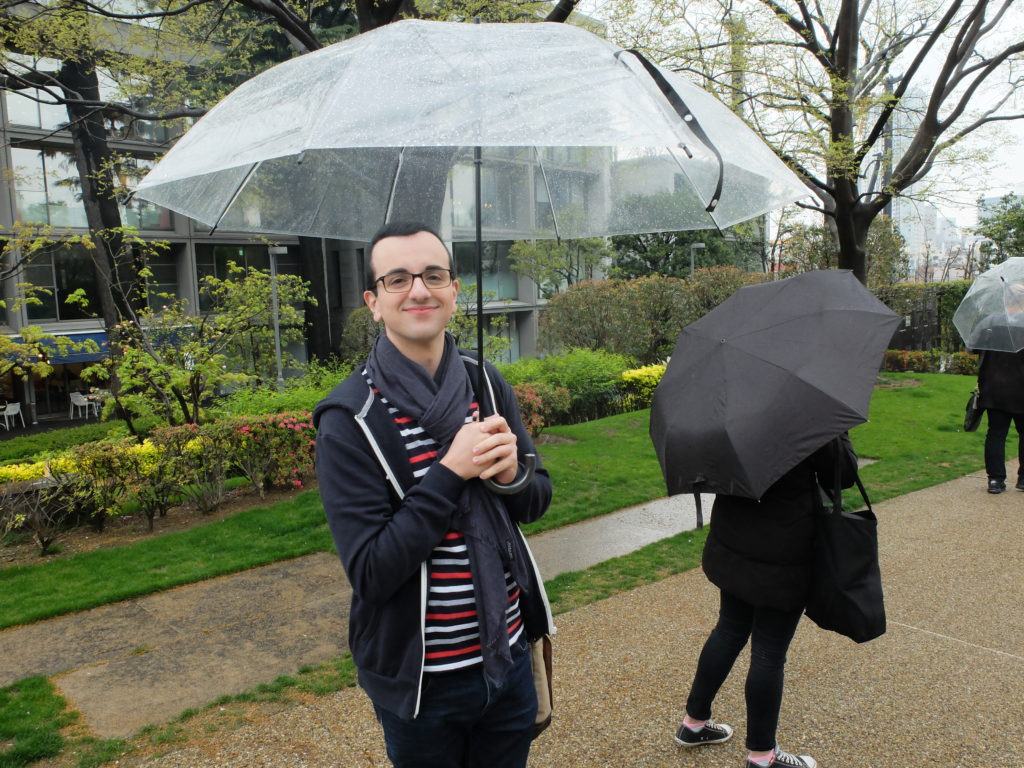
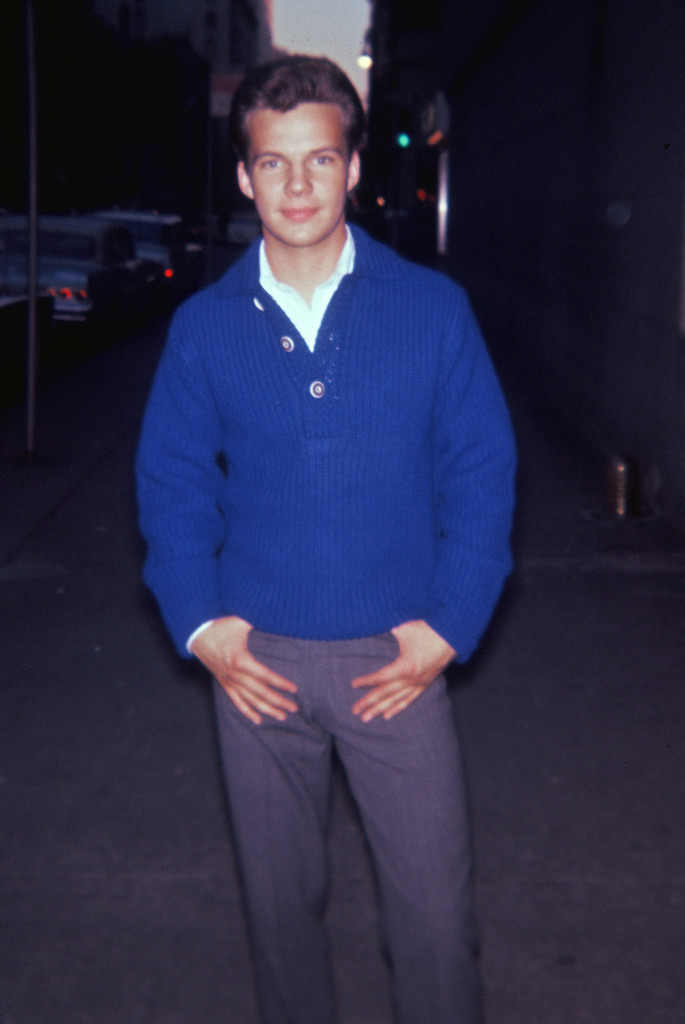
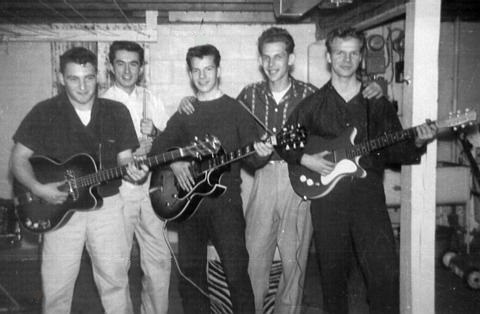
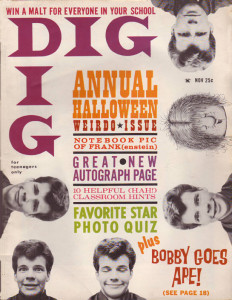
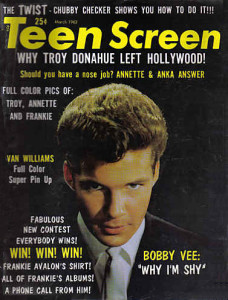
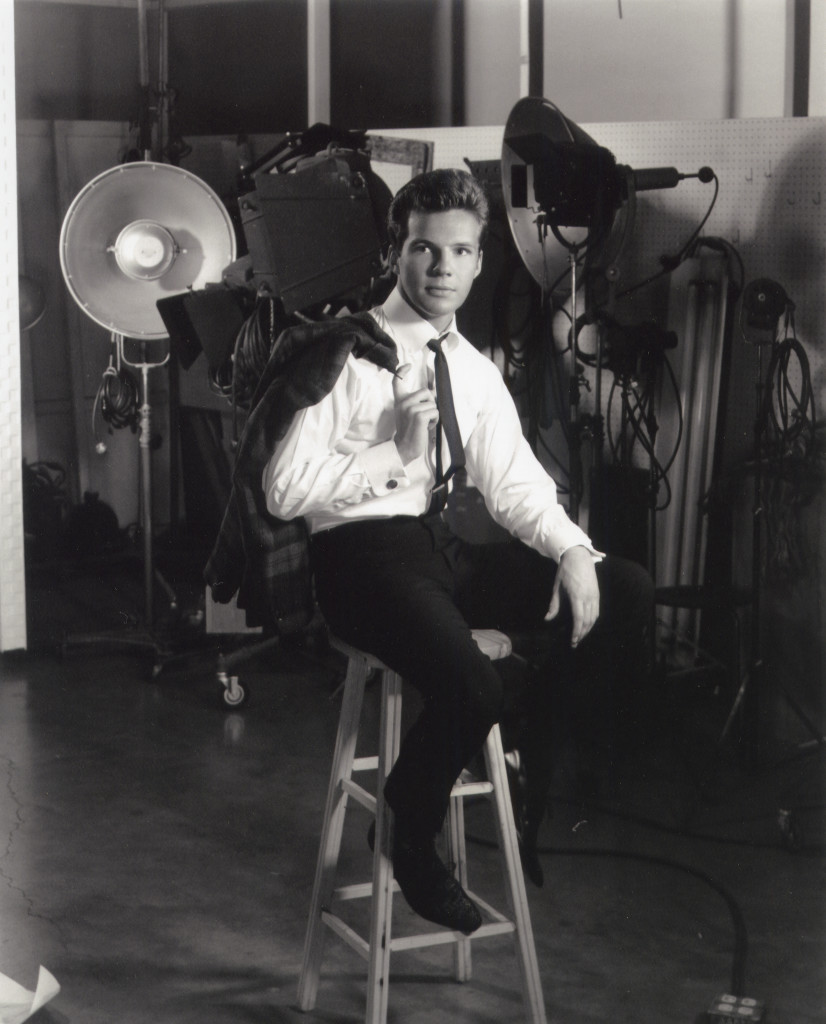
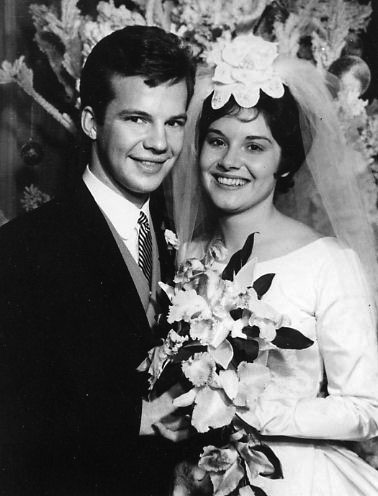
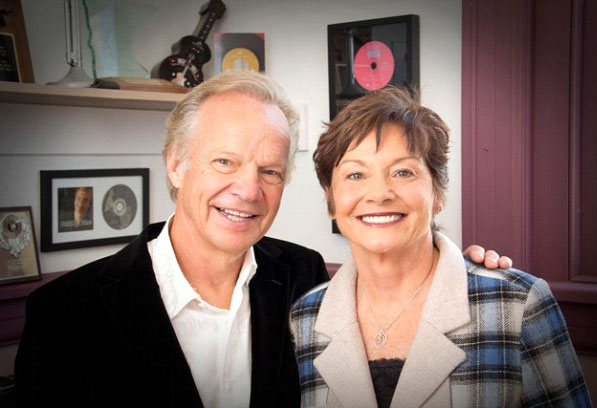
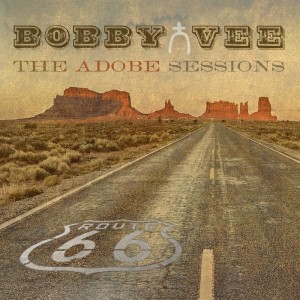
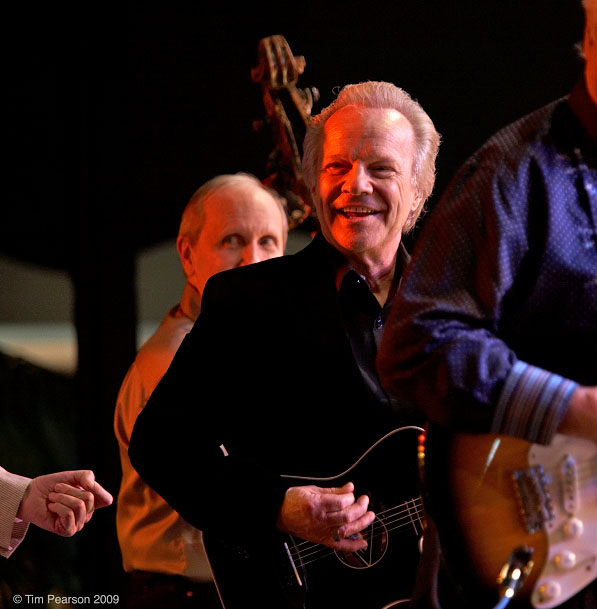
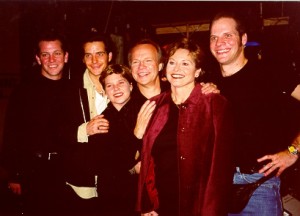
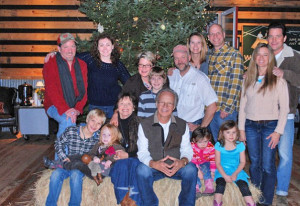
 The holidays can be a stressful time. I’m usually pretty on top of Christmas shopping, but this year I wasn’t – and it seemed a lot of people weren’t either – really in the festive spirit. We were also away in Sydney mid-December and some Christmas shopping was done more or less at the last minute.
The holidays can be a stressful time. I’m usually pretty on top of Christmas shopping, but this year I wasn’t – and it seemed a lot of people weren’t either – really in the festive spirit. We were also away in Sydney mid-December and some Christmas shopping was done more or less at the last minute.